A new generation continues the tradition of Boundary Waters outfitting
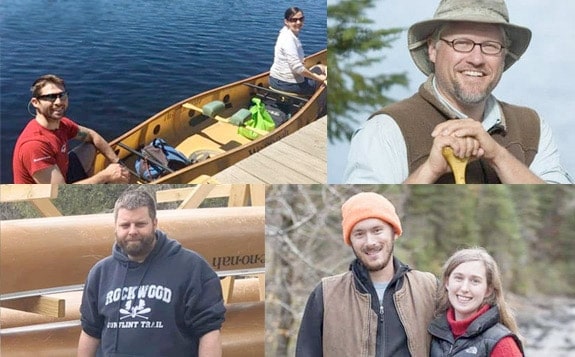
Across canoe country, the next generation is taking over outfitting businesses or starting new ones. These outfitters offer a fresh take on what it means to introduce people to the wilderness today.
At Tuscarora Lodge & Canoe Outfitters just off the Gunflint Trail, owners Andy McDonnell and Ada Igoe often hear from customers about one of the previous owners, Kerry Leeds. He ran the outfitting business from 1976 to 2004, and though Andy and Ada are the second owners since he retired, not a week goes by that they don’t hear his name.
“I think that he was a real charismatic guy,” Andy said, noting that the outfitter’s longevity probably contributed to his reputation. Andy hopes that the same will be true for him and his wife. “When Ada and I are still here in 30 years, no one will remember anyone but us.”
This seems to be the way of small, independently run outfitters on the edge of the Boundary Waters Canoe Area Wilderness. Someone runs one long enough, and his or her name and face become synonymous with the business itself. That has led some to wonder: What happens when those outfitters retire? And what happens if the rumors are true that fewer people visit the Boundary Waters, and those who do are aging?
It turns out that a new generation of outfitters has been waiting in the wings, ready to step in and continue the tradition. Andy and Ada, who purchased Tuscarora in 2015, are far from alone. Across canoe country, the next generation is taking over outfitting businesses or starting new ones.
These entrepreneurs offer a fresh take on what it means to introduce people to the wilderness. In short? Business is good and young people still paddle. The internet has simply changed the way outfitters connect with their customers.

Andy McDonnell and Ada Igoe are part of the “next generation” of Boundary Waters outfitters. They purchased Tuscarora Lodge & Canoe Outfitters in 2015. Photo courtesy Andy McDonnell.
A different day and age
Clare Shirley knows how to answer questions about the Boundary Waters. She and her husband, Dan, bought Sawbill Canoe Outfitters from her parents in 2016. But long before that, she grew up at Sawbill, about 24 miles north of Tofte, Minnesota. Many of the customers she serves now remember her when she was young.
So Clare knew that building relationships and fielding questions came with the business. After all, sharing information is one way to help customers have good trips. But lately, the nature of those questions is changing.
“We’re starting to get people who call and say, ‘Can you tell me about the third campsite on the left? Can we fit three tents?’” Clare said.
They might be asking about well-known Saganaga Lake or something more obscure, leaving Clare to explain the nature of wilderness travel without dampening their spirits. Outfitters don’t know every single campsite in the 1,090,000-acre wilderness. The site in question might be taken when they arrive. Weather might alter their plans.
“It can be hard for people not to have that really specific plan,” Clare noted. She attributes such questions to the internet, where sites like Paddleplanner.com make it possible to rate, review and upload photos of Boundary Waters campsites, portages and lakes. Paddlers can find a level of detail that didn’t exist when her parents ran the business, and being internet savvy is now part of the job.
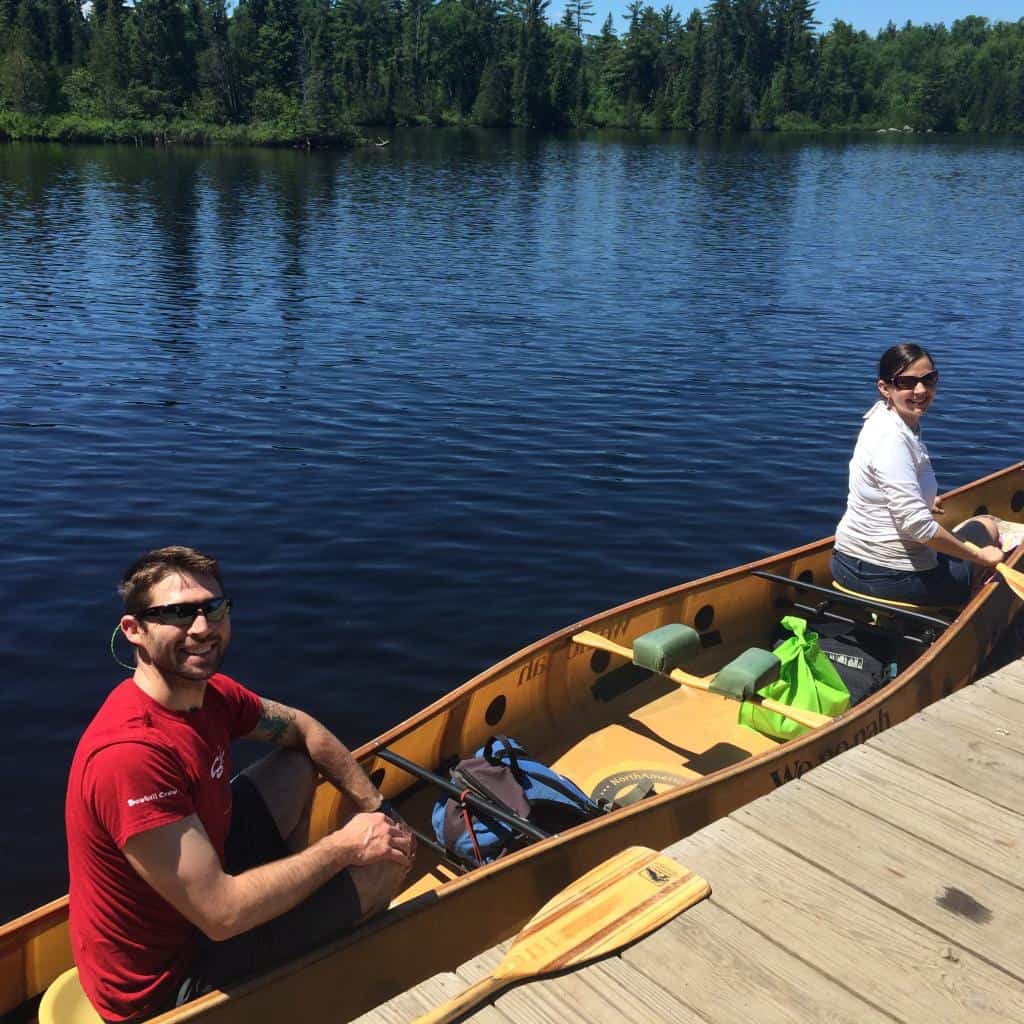
Clare and Dan Shirley take the canoe out for a paddle. They bought Sawbill Canoe Outfitters from her parents in 2016. Photo courtesy Bill Hansen, Clare’s father.
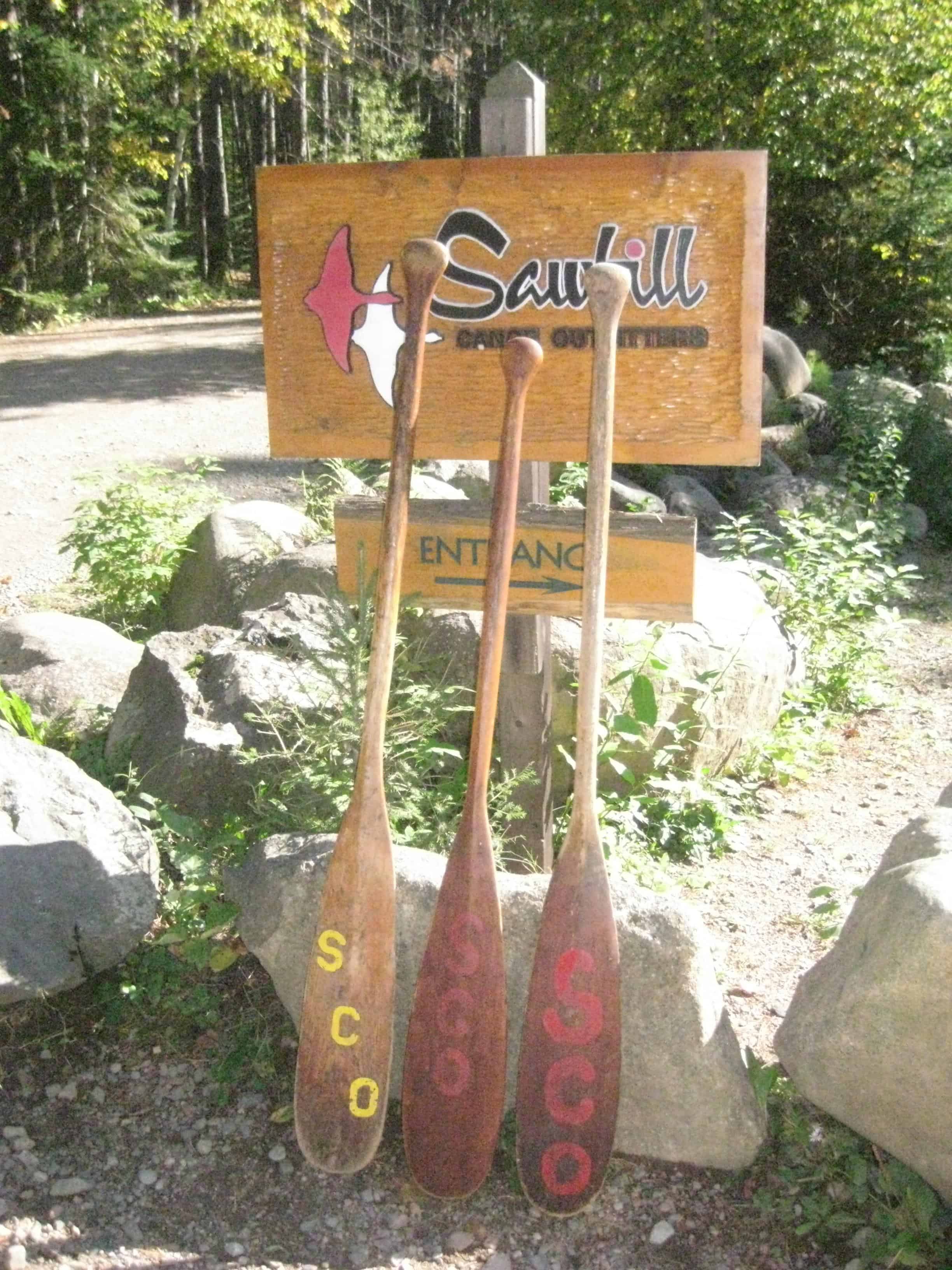
Sawbill Canoe Outfitters has been owned and managed by three generations of the same family. Photo courtesy Bill Hansen.
The internet and wilderness businesses
When Clare and Dan took over Sawbill, they wanted to keep the heart of the business the same but knew small changes were necessary. They needed a mobile-friendly website, for example, so smartphone users can easily find information. And they use the blog and social media more than ever.
“Why people are coming here is staying the same, but keeping in connection with them is changing,” Dan said. “We utilize social media more than has been done in the past and that’s not only because people expect to stay in touch that way. It’s also a nice a way to stay engaged with people. One of the most popular things about our website is the blog that we update a few times a week. We get a lot of traffic on that because people sitting in an office in the city like the gateway to see what’s going on up here. It’s a special connection.”
At Tuscarora, Andy and Ada also rely on social media to connect with customers. Andy estimates that they spend about 85 percent of their advertising budget on social media and went so far as to call it their most important connection with guests.
“You see it with resorts up here. People that don’t understand social media at all and have no advertising presence on social media are missing out on half of the people under 40. It’s just something you learn how to do,” he said, noting that it has its perks. “To interact with younger people it’s extraordinarily important, and it’s free for the most part. It’s cheaper to advertise well now.”
And knowing how to reach that younger audience is key, especially at a time when some believe young people don’t paddle.
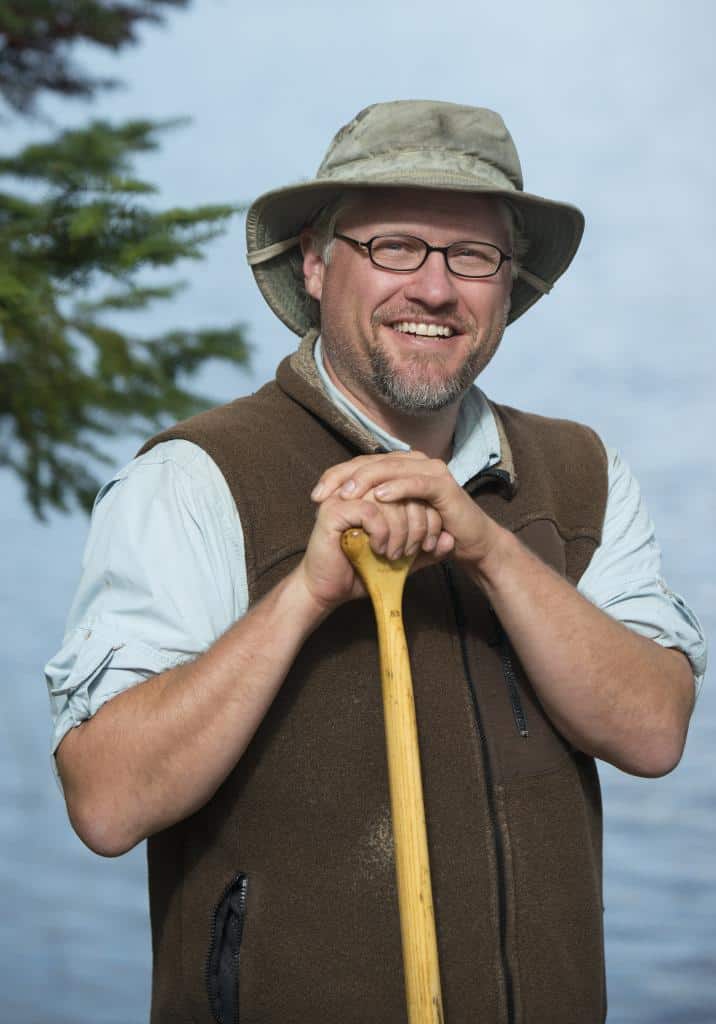
Jason Zabokrtsky founded Ely Outfitting Company in 2008, the first brand new outfitter in the Ely area in about 30 years. Photo by Layne Kennedy.
Reaching a younger audience
“There is a lot of talk in the outdoor community about young people not being interested in the outdoors and also chatter about an aging BWCA population… That never struck me as being accurate,” Jason Zabokrtsky said. He founded Ely Outfitting Company in Ely, Minnesota eight years ago. “When people say young people aren’t coming to the Boundary Waters I look at them cross-eyed because that is not my experience as an outfitter or paddling the BWCA at all.”
Jason tracks his customers’ demographics, and the most common age is 29 and the average age is 33. He also finds that this younger generation is more likely to work with an outfitter than buy equipment.
“They don’t want to own one of every piece of specialized outdoor gear,” he said. “They find value in renting it and not having to move it around, store it, or deal with it. [They find] more value in getting equipment from us than having it all in storage.”
As a result, many first-time customers return.
“We see a lot of first timers becoming second and third and fourth and fifth timers. We’re seeing a younger generation that is starting traditions, and we’re finding a lot of multi-generational trips with grandparents, parents and grandkids,” Jason continued.
Andy and Clare also reported seeing young and multi-generational families at Tuscarora and Sawbill, and Andy estimates that 50 percent of his clientele are under the age of 35. That bodes well for the future of outfitting, at a time when business is already good.
[visualizer id=”12055″]
At Ely Outfitting Company, the most common age is 29 and the average age is 33, upending the notion that young people don’t paddle. Graph courtesy Jason Zabokrtsky.
Business is strong
According to Jason, outfitters throughout the Ely area are doing well. Andy hears the same thing along the Gunflint trail. “All businesses on the Gunflint and in Cook County are doing well,” Andy said. “Lots of people are coming and going on vacation.”
That experience holds true for the new owners at Rockwood Lodge and Outfitters, also off the Gunflint. Mike Seim, who bought the business with his partners in 2015, said they’ve purchased new canoes every year to keep up with demand. “We knew the old owner was always running short on canoes, so we ordered a few more and still ran out, so we ordered a few more,” he said.
And at Sawbill, Clare says that business is steady and consistent—even looking back to 2006. When she and Dan took over the business, they conducted a historical review of the previous 10 years. Despite the economic recession, business was remarkably consistent and continues to be.
“There has been very little fluctuation up or down so we’ve reached a nice status quo that supports my husband and I, our family, one full time employee and 12 to 15 seasonal employees,” she said.
Reassuring news, perhaps, for the customers she and the other outfitters serve. As guests get to know this new generation of business owners, they can trust that many of them are committed to being around thirty years from now.
As Andy says, “The guests are the reason we go to work every morning. One, to make a living, and two because it is inherently rewarding to interact with people and help them have a nice trip. To have them come back show you pictures of trip and tell stories. That’s the stuff you remember.”
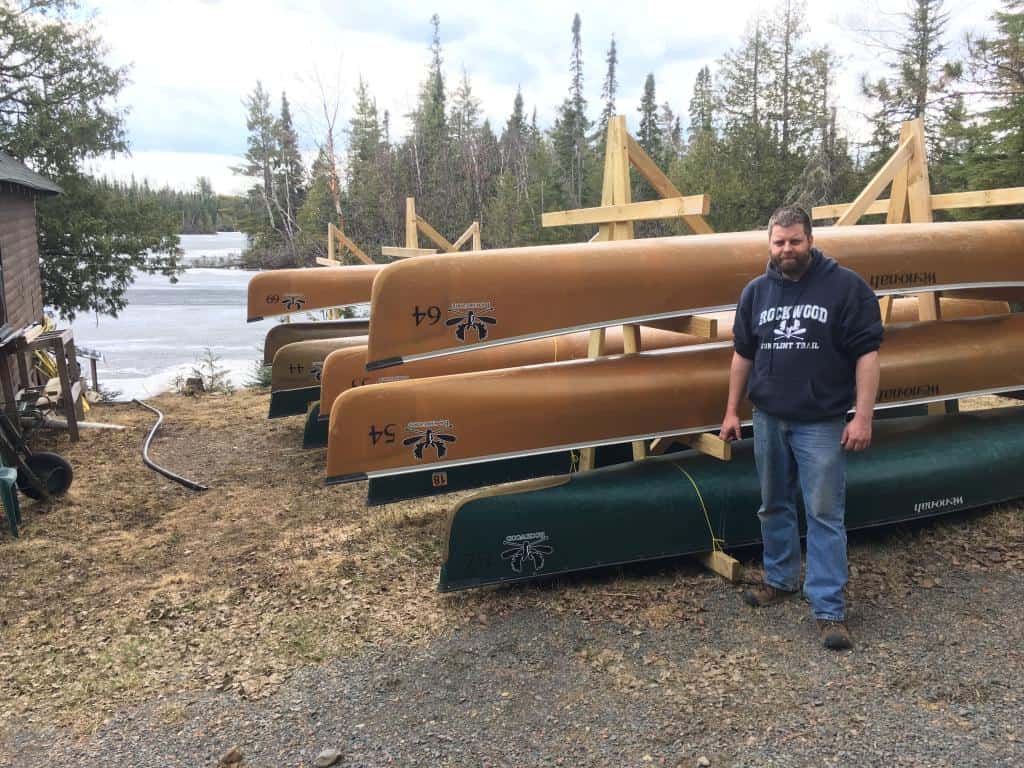
Mike Seim and his partners bought Rockwood Lodge and Outfitters in 2015 and have consistently added to their fleet of canoes. Photo courtesy Mike Seim.
By Alissa Johnson
This article appeared in Quetico Superior Wilderness News
















